Cost Reduction in Production
The Graphene Solar Cell Market is also benefiting from advancements in production techniques that reduce costs. Innovations in the synthesis of graphene, such as chemical vapor deposition and liquid-phase exfoliation, have made it more accessible and affordable for manufacturers. As production costs decline, the price of graphene solar cells is expected to decrease, making them more competitive with conventional solar technologies. Market analysts suggest that by 2026, the cost of graphene solar cells could drop by up to 30%, which would significantly enhance their adoption in residential and commercial applications. This cost reduction is a crucial driver for the Graphene Solar Cell Market, as it aligns with the broader trend of making renewable energy solutions economically viable.
Government Incentives and Policies
Government incentives and supportive policies play a pivotal role in the Graphene Solar Cell Market. Many countries are implementing regulations and financial incentives to promote the adoption of renewable energy technologies, including graphene solar cells. These initiatives may include tax credits, grants, and subsidies aimed at both manufacturers and consumers. For instance, recent policy frameworks in various regions have allocated substantial funding for research and development in advanced solar technologies. Such governmental support not only encourages innovation but also fosters a favorable environment for the growth of the Graphene Solar Cell Market. As these policies continue to evolve, they are likely to stimulate further investment and interest in graphene-based solar solutions.
Rising Demand for Renewable Energy
The increasing The Graphene Solar Cell Industry. As nations strive to meet their energy needs sustainably, the shift towards cleaner energy solutions is becoming more pronounced. Graphene solar cells, with their potential for high efficiency and lower environmental impact, are well-positioned to meet this demand. Market projections indicate that the renewable energy sector will grow at a compound annual growth rate of over 10% in the coming years. This growth is likely to propel the Graphene Solar Cell Market forward, as stakeholders seek innovative technologies that can contribute to energy transition goals and reduce reliance on fossil fuels.
Integration with Smart Technologies
The integration of graphene solar cells with smart technologies is emerging as a compelling driver for the Graphene Solar Cell Market. As the Internet of Things (IoT) and smart grid technologies gain traction, the ability to incorporate advanced solar solutions into these systems becomes increasingly important. Graphene solar cells can be seamlessly integrated into smart devices and building materials, enhancing their functionality and energy efficiency. This trend is expected to create new market opportunities, as consumers and businesses look for innovative ways to harness solar energy. The convergence of smart technologies with graphene solar cells could potentially reshape the energy landscape, making the Graphene Solar Cell Market a focal point for future developments in renewable energy.
Enhanced Efficiency of Graphene Solar Cells
The Graphene Solar Cell Market is witnessing a surge in interest due to the enhanced efficiency of graphene-based solar cells. These cells exhibit superior electrical conductivity and light absorption capabilities, which can lead to higher energy conversion rates compared to traditional silicon-based cells. Recent studies indicate that graphene solar cells can achieve efficiencies exceeding 25%, which is a notable improvement. This efficiency boost is particularly appealing to manufacturers and consumers alike, as it translates to more energy harvested from the same surface area. As the demand for efficient energy solutions grows, the Graphene Solar Cell Market is likely to expand, driven by the need for sustainable energy sources that can meet increasing global energy demands.


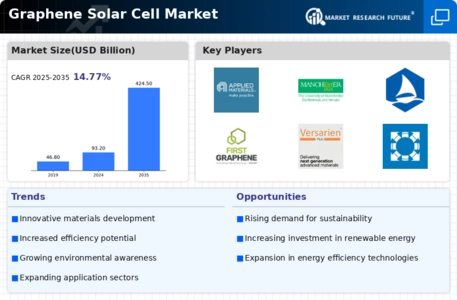
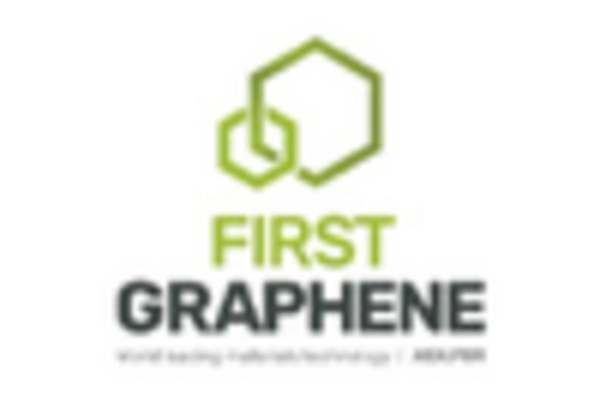
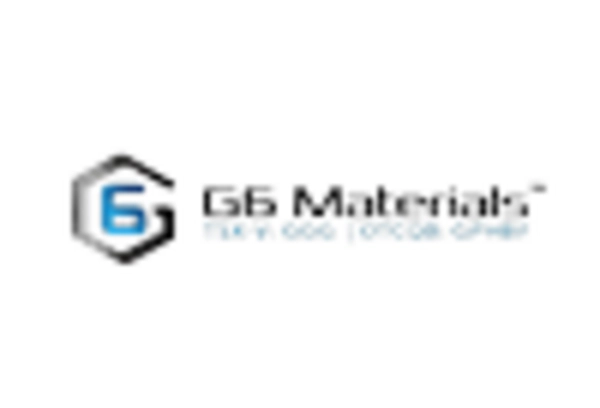

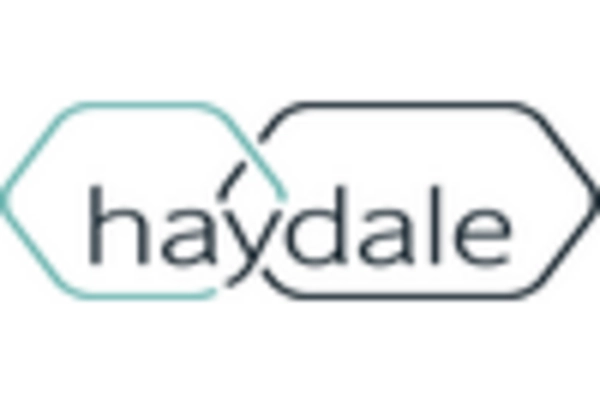
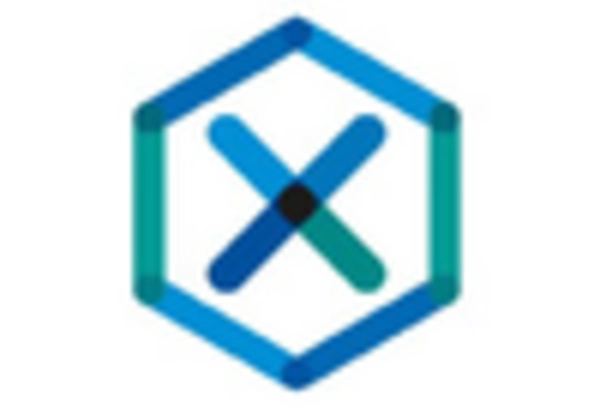
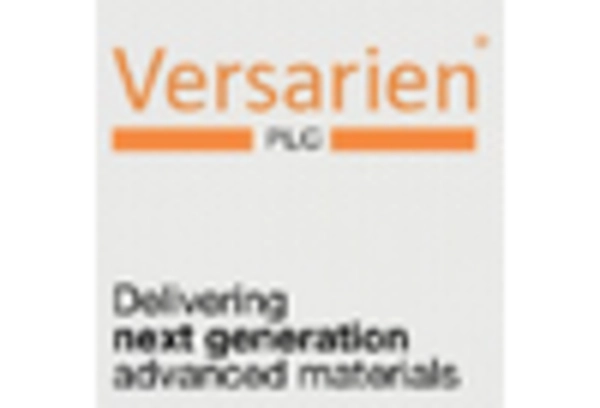








Leave a Comment